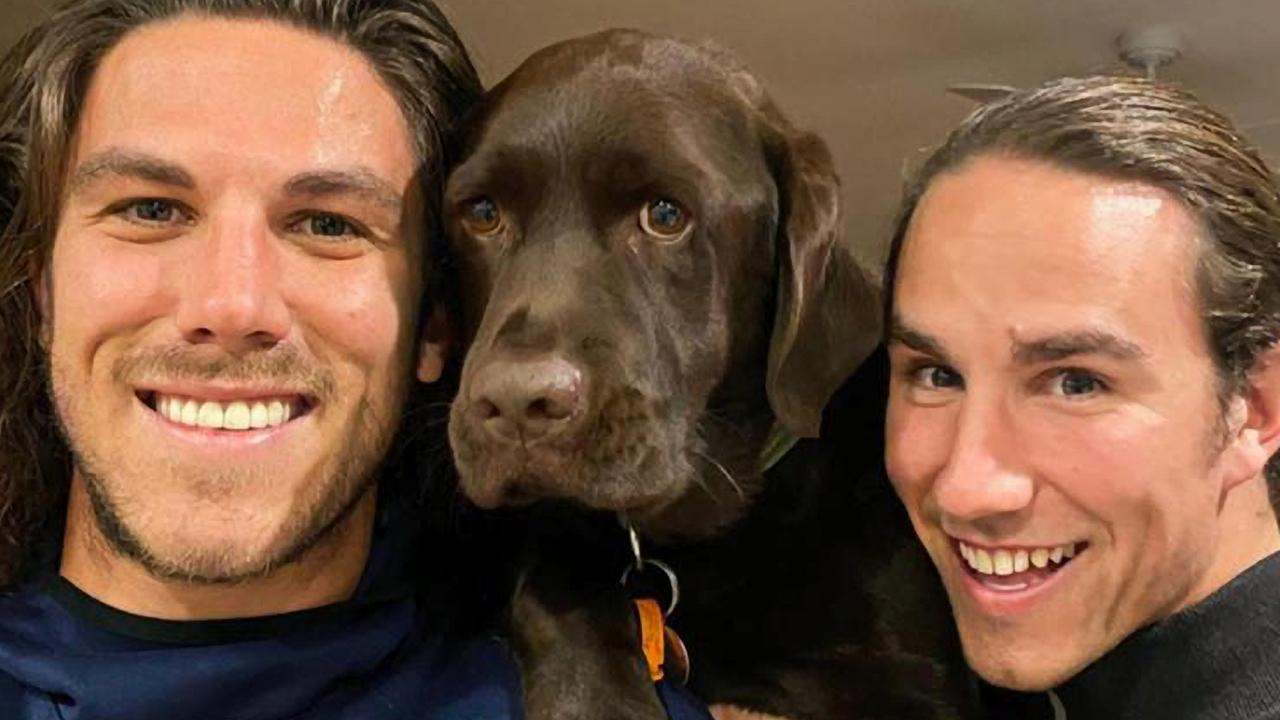‘It was Ivan Milat, and yes, he did try to murder me’
A BRITISH man has revealed for the first time how he faced off with Ivan Milat while hitchhiking in 1982, and the one thing that stopped the serial killer smashing him with a hammer.
Crime in Focus
Don't miss out on the headlines from Crime in Focus. Followed categories will be added to My News.
FOR backpacker Colin Powis, the difference between escaping notorious serial killer Ivan Milat and dying a savage death, all came down to the changing of a traffic light.
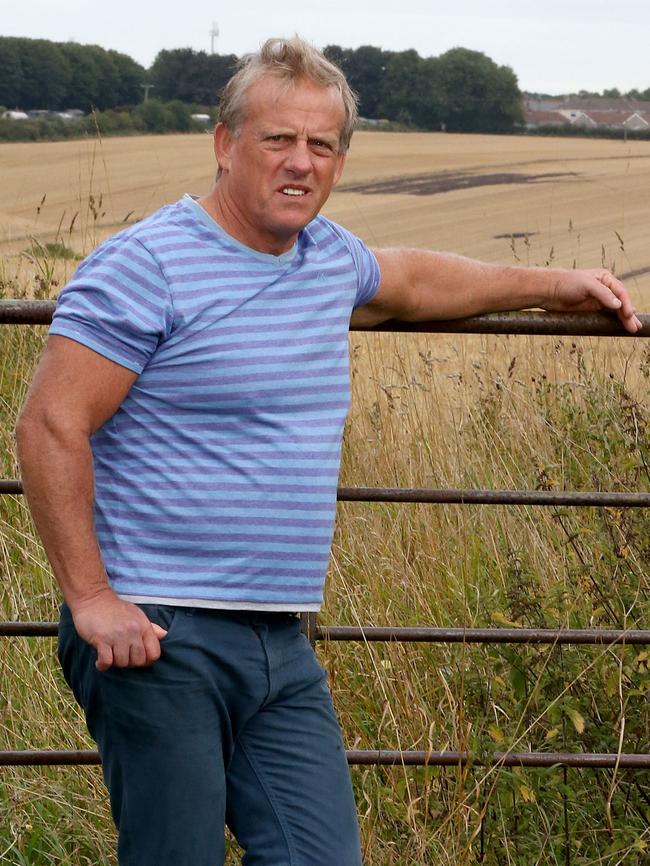
Powis has never spoken about his terrifying escape from Milat, who was convicted of the murders of seven young travellers between 1989-1993, their bodies found buried in the Belanglo State Forest.
But last year, the 57-year-old construction worker was sitting in his living room in Durham, England, when a documentary on the backpacker murders came on television.
Instantly recognising Milat’s photograph as the man he escaped while hitchhiking around Australia in 1982, Powis was further disturbed when he saw a re-enactment of British backpacker Paul Onion’s encounter. It was almost identical to his own experience.
Powis is now “100 per cent sure” the man he escaped was Milat.
DNA evidence: Science proves Milat acted alone
Supporters fight on: ‘Five reasons Milat is innocent’
The year was 1982 and a strapping 21-year-old Powis was standing on the A32 highway near Katoomba, New South Wales, waiting for a lift.

Dressed in shorts and singlet for the hot January day, Powis was making his way to Cobar, in the state’s west, where he was told he could pick up work in the mine.
He was waiting for about half-an-hour, when he saw a “small pick-up truck” hurtling through the mountain mist.
“I think it was white but I can’t be sure,” says Powis, from his home in Durham, England.
The truck pulled up in front of him and a relieved Powis went to throw his bag in the back.
But the driver took offence.
“No, mate,” said the man. “Put it in here, behind the seat, it’s safer.”
Powis thought it strange to wedge the bag into the tiny area behind the front seat when there was ample room in the back but he wanted a lift; he wasn’t going to argue.
The man locked the doors; the truck took off.

Powis noticed the driver’s “deep tan” and “narrow eyes”.
“Put your seatbelt on, mate,” the man said. “We don’t want you to fall out.”
“How long have you been in Australia? Who knows you’re here?” the man asked.
Powis thought it an odd question. He had hitchhiked his way across the US and Canada — people didn’t usually ask who knew of his whereabouts — but he was happy to appease the man with small talk.
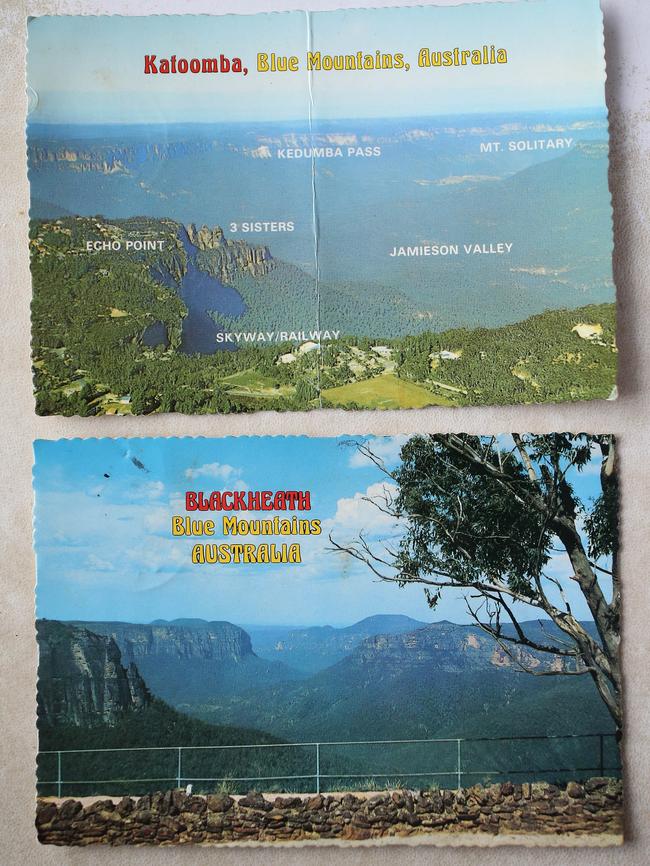
“I’ve been in Australia just a couple of days. I don’t know anybody here but I’m going out to Cobar to see about getting a job,” he said.
He looked around the small pick-up truck. It was spotless and all but empty, bar a swag in the back and a large hammer, near the tailgate.
Powis asked the man where he was heading.
“Just up the road,” the man said.
Then he fell into a long, stony silence.
“He was weird right from the start,” says Powis.
“I thought he was on drugs ‘cos he went into such a mood, such a dark mood and was so deep in thought. I was trying to talk to him and he was just deep in thought about something else.”
Powis tried making small talk about Australia but the man would only grunt in response.

He tried another tack.
“What do you do for a living?” he asked.
“I’m a road worker,” the man said.
The man was watching him.
“He was leaning against the driver’s door so he could scan me and the road at the same time, and I could feel the weight in his stare so I was just trying to make conversation. He was creeping me out!
“He had a foreign look about him, you know, with his eyes and the dark tan and I said to him, ‘How long has your family been in Australia?’”
“My father came from Yugoslavia after the war,” the man said.
Then ... silence.

Just before Bathurst, the highway was intersected by a major dirt road with a set of traffic lights.
The man looked at Powis.
“I’m going to go south now. I’m going to take this turn-off.”
“OK, you can just drop me off here, up at the lights,” Powis told him.
But the man ignored his request.
He took the turn-off and sped down the dirt road.
And then his mood shifted. Suddenly, he was personable.
“Look mate, I’m going to go about 60 miles south down into the bush. If you want a ride along I can give you a long ride,” the man said.
Powis politely declined.
“I’m going to go out and check my traps,” the man pushed, presumably referring to hunting traps.
“If you ride along, you can see some real Aussie wildlife.”
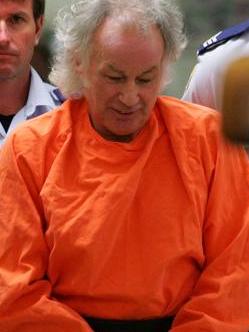
When Powis turned him down for a second time the man slammed on the brakes.
He jumped out of his seat and raced to the passenger seat door, blocking Powis’ path.
“When I got out he was right there, virtually breathing down my neck.
“I thought he was going to punch me and then he was going to drive away with my backpack and my passport and everything behind his seat, that’s what I thought he was going to do. I could see by his body language.”
But Powis was a strong kid and physically dominant to the man he sized up as being about five feet six or seven.
He tried to grab his backpack, and steeled himself for a fight.
It’s only in retrospect he realised the man had likely picked up the hammer from the back seat and was planning to attack him with it.
This could have been Powis’ last moment alive …
Then, the traffic lights changed.
A stream of cars flowed down the dirt road from the top of the hill.
“I remember Milat, he was looking over his shoulder at this traffic and looking at me, and looking over his shoulder, and looking at me, and I remember the traffic going past. It was that traffic that stopped him walloping me with a hammer, I’m certain of it,” says Powis.
Powis pushed past the man and powered up the road.
When he looked over his shoulder, the man was lounging on his truck.
“Have a safe trip, mate,” he yelled after the young backpacker.
But Powis didn’t stop.
It wasn’t until decades later that he understood just how close he’d come.

Although Milat was convicted of seven murders, detectives have identified 16 unsolved homicides as the killer’s potential work.
Peter Letcher is one such victim.
Letcher was a young man who intended to hitchhike west, towards Bathurst in 1987.
The 18-year-old was last seen leaving Busby in south-western Sydney, his body later found covered in branches in the Jenolan State Forest.
The forest sits 160km west of Sydney and surrounds the city of Katoomba — the same place Powis accepted his lift.
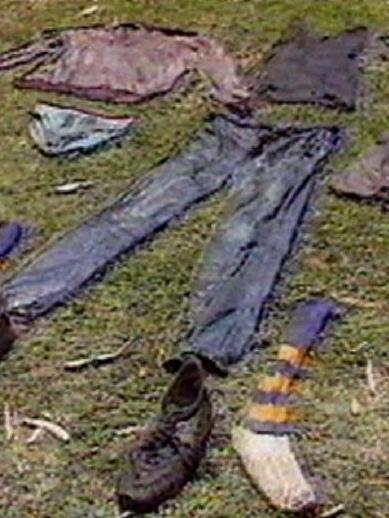
Letcher had been stabbed, then shot execution style. It was a method of homicide and disposal of the body that matched Milat’s calling card, and it’s these details that support former assistant commissioner Clive Small’s conviction Letcher was almost certainly a victim of Milat.
At the time of Letcher’s disappearance and Powis’ fateful hitchhike, Milat was working for the Department of Main Roads, which saw him posted to the Jenolan State Forest for a period of time. However, the road records which could pinpoint exactly when and where Milat was stationed, have since been destroyed.
Prison pen pal: Ivan Milat’s bizarre letters to a burlesque dancer
The chilling encounter always stuck with Powis but he lived in the US during the 1994 Milat trial, which wasn’t given much news coverage there.
It was only seeing Milat’s photograph that made him join the dots.
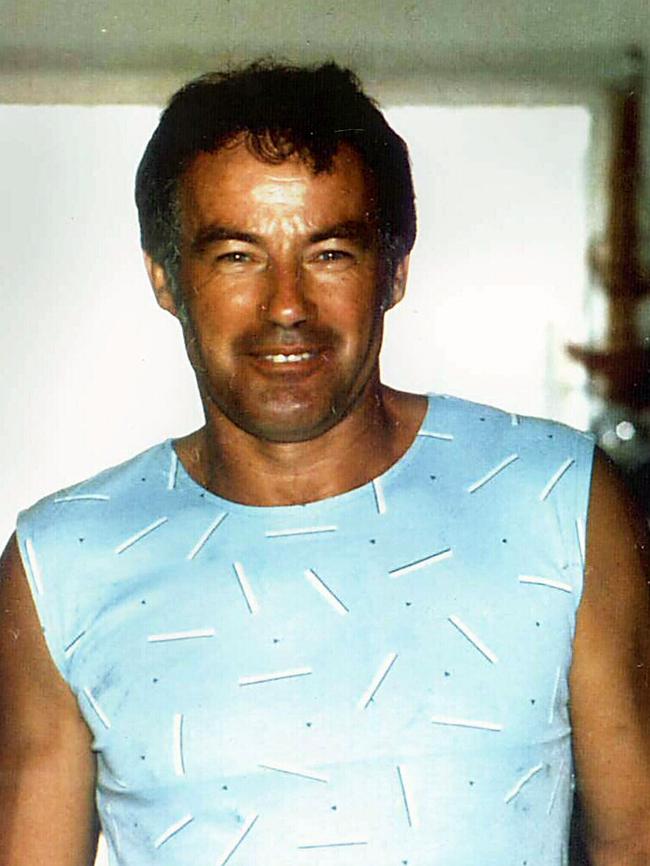
“I looked at the photo and I thought, ‘uh-oh. I’ve seen that creep’. And it all just came back, it all just came together.”
Further consolidating Powis’ positive identification of Milat were details about the killer’s profession and his Yugoslavian heritage, fitting exactly with the man he met.
“This hill-billy who picked me up didn’t just look like Ivan Milat, he had all the characteristics of Ivan Milat and furthermore he definitely absolutely told me he was a road worker and definitely told me that his father came from Yugoslavia during the war, definitely.
“It slowly dawned on me that, yes, it was Ivan Milat, and yes, he did try to murder me, and yes, it was only the mundane changing of the traffic light that saved my life.
“He’d taken a good look at me and he was bold and opportunistic and confident. He thought he could do it and he would have done it, as well, ‘cos he had that hammer in the rear of that truck — that wasn’t there by accident.
“I am not mistaken, nor I am paranoid; it was definitely Milat.”
FOLLOW: True Crime Australia on Facebook and Twitter
Originally published as ‘It was Ivan Milat, and yes, he did try to murder me’

